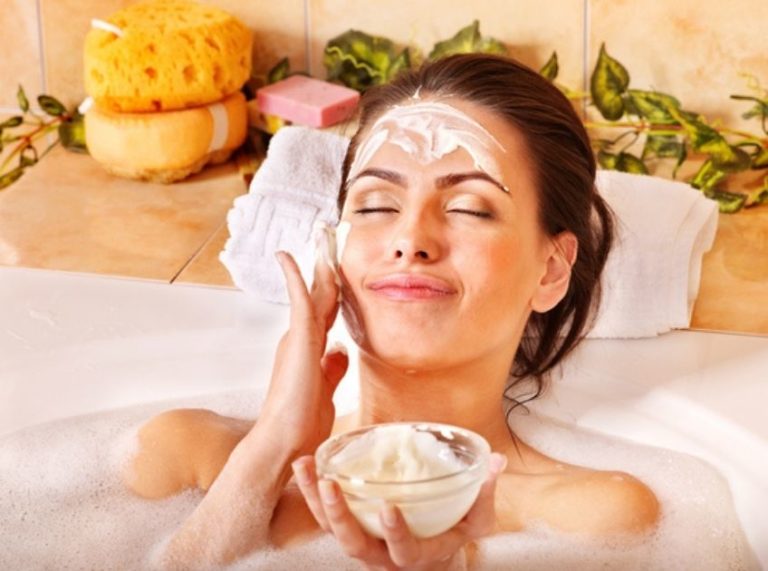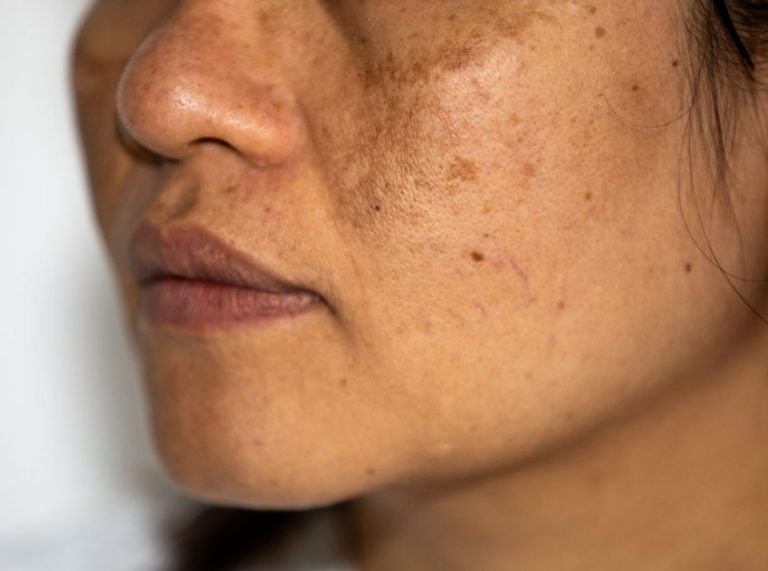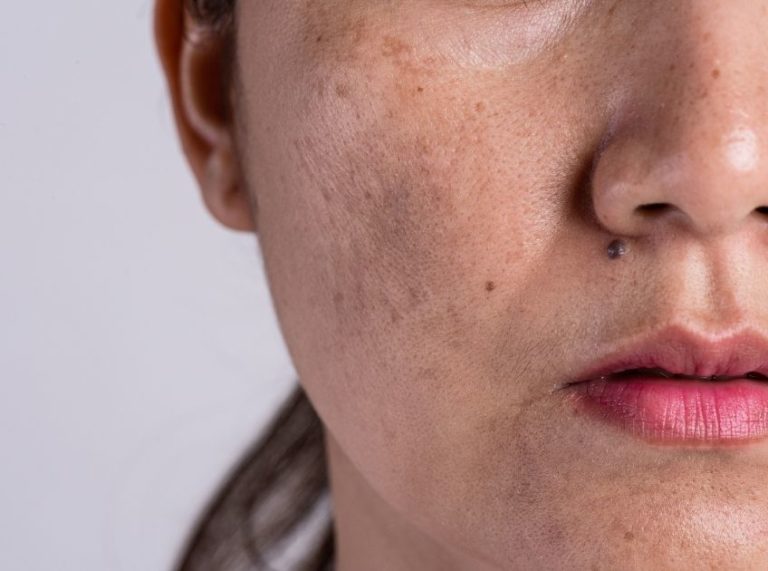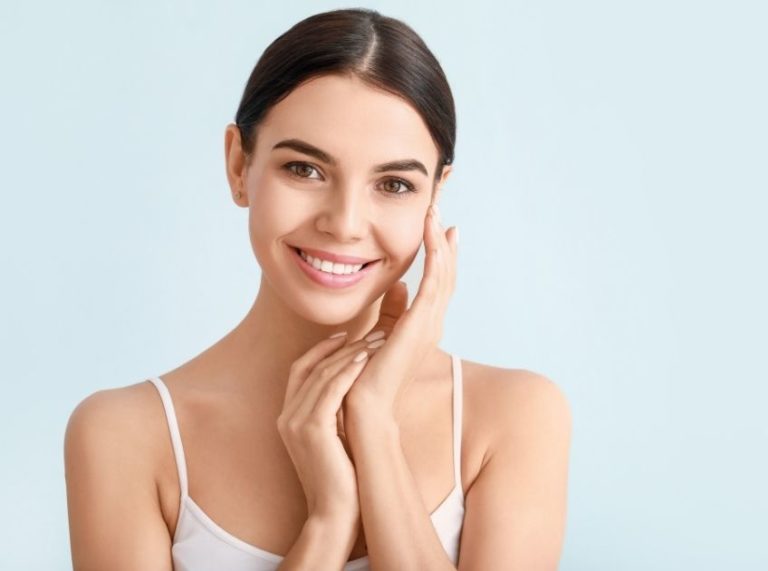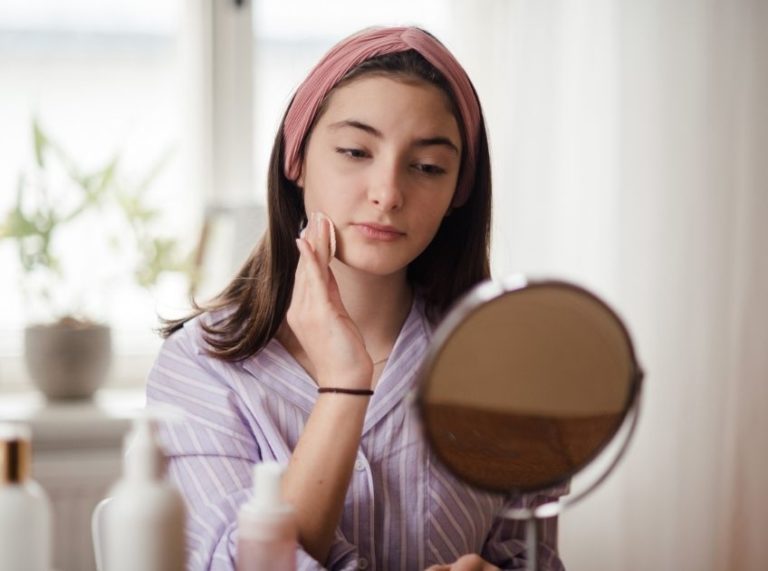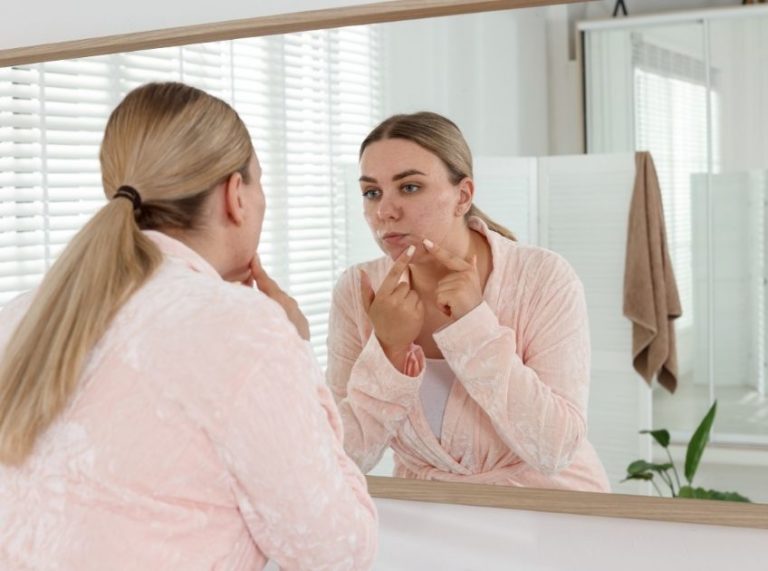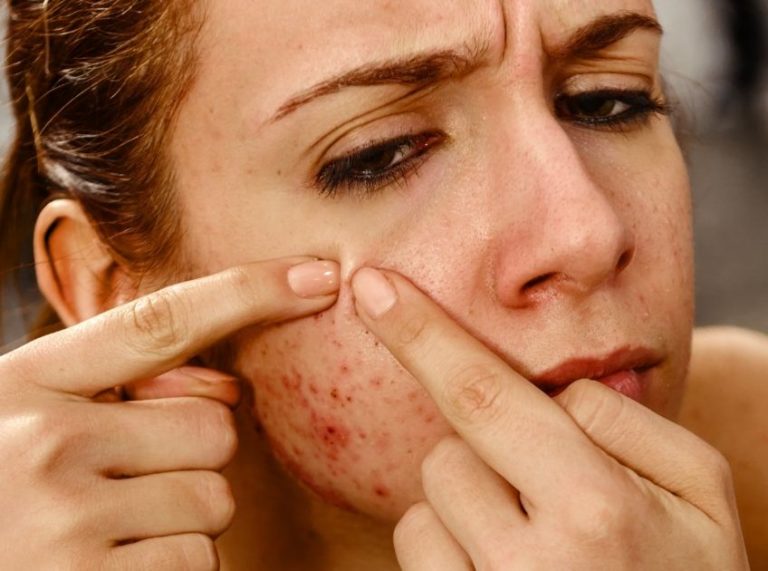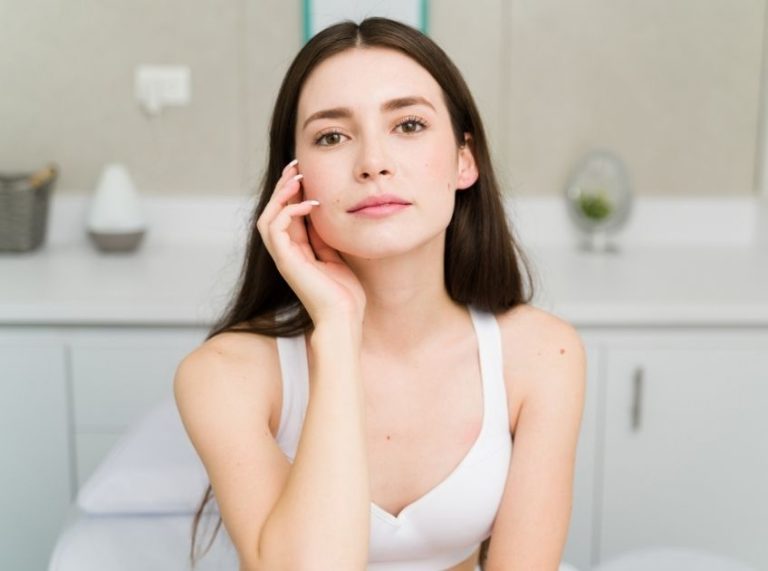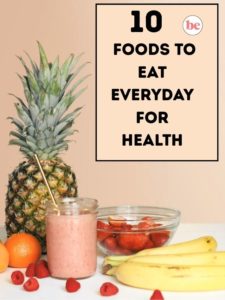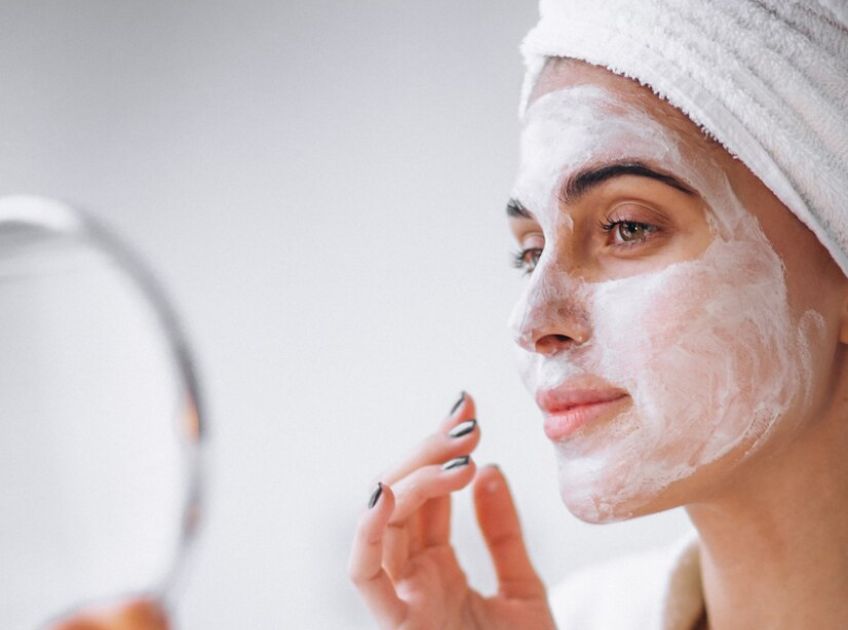
Important: This article is for informational purposes only. Please read our full disclaimer for more details.
Pigmentation and dark spots can make skin look patchy, tired, and older than it is. If you’re tired of covering them with makeup, these homemade face masks might be the natural fix you need. Each one is crafted with ingredients that are known to brighten, clarify, and even out skin tone.
With consistent use, DIY masks can help you regain that glowing, uniform complexion without the harsh side effects of chemical treatments.
Why Use DIY Face Masks for Pigmentation?
- Gently reduce the appearance of dark spots and uneven patches
- Support skin cell turnover and repair
- Cost-effective and chemical-free compared to store-bought solutions
- Easy to customize based on your skin’s specific needs
What Makes These Ingredients Work?
Many natural ingredients contain compounds that interrupt melanin production, exfoliate dead skin, or protect against oxidative stress.
- Vitamin C (in lemon, orange peel, rosehip) suppresses tyrosinase, an enzyme that causes pigmentation (1)
- Lactic acid (in yogurt, milk) gently exfoliates and renews skin (2)
- Curcumin (in turmeric) has anti-inflammatory and brightening properties (3)
- Aloe vera and honey hydrate and speed up skin healing
According to studies published in the Journal of Clinical and Aesthetic Dermatology, natural agents like niacinamide, licorice extract, and vitamin C derivatives can help reduce hyperpigmentation safely over time (4).
When to Stop Using These Masks
Discontinue use if you experience:
- Redness or stinging that lasts more than 10 minutes
- Dry patches or flaking after repeated use
- Skin feels tight, itchy, or overly sensitive
Do a patch test on your jawline or wrist before applying a new mask to your entire face.
Can You Adjust the Ingredients?
Yes. These recipes are flexible:
- Oily skin? Skip oils or use less honey
- Dry skin? Add a few drops of almond or jojoba oil
- Sensitive skin? Use soothing bases like aloe vera or oatmeal instead of acidic ingredients.
Best Skin Types for These DIY Masks
- Normal to oily skin: All masks work well
- Combination skin: Apply masks to targeted areas
- Dry or sensitive skin: Choose aloe, honey, or oatmeal-based masks and avoid citrus-heavy ones
Are These Masks Safe?
Generally, yes—when used properly and not more than 2–3 times a week. However:
- Always perform a patch test
- Avoid applying to open wounds or active acne
- Use sunscreen daily, as some ingredients can make skin photosensitive
Top 5 DIY Face Masks for Pigmentation
1. Turmeric & Yogurt Brightening Mask
A classic combination that helps fade dark spots and gives skin a healthy glow.
Ingredients
- 1 tablespoon plain yogurt
- ½ teaspoon turmeric
- 1 teaspoon honey
Directions to Use
- Mix ingredients into a smooth paste
- Apply a thin layer on clean skin
- Leave for 15 minutes, then rinse with lukewarm water
How to Apply
- Use a brush or fingertips
- Avoid the under-eye area
- Pat dry and apply moisturizer
- Use 2–3 times weekly
2. Aloe Vera & Lemon Juice Lightening Mask
A soothing yet effective mask that combats pigmentation naturally.
Ingredients
- 1 tablespoon fresh aloe vera gel
- 1 teaspoon fresh lemon juice
Directions to Use
- Mix until fully combined
- Chill for 5 minutes for extra soothing
How to Apply
- Apply to dark areas using a cotton pad
- Leave on for 10–12 minutes
- Rinse off with cool water
- Apply at night only
3. Orange Peel & Rose Water Glow Mask
Orange peel powder is rich in vitamin C and works as a natural brightener.
Ingredients
- 1 tablespoon orange peel powder
- 1 tablespoon rose water
- ½ teaspoon raw honey
Directions to Use
- Mix into a paste with medium consistency
- Let it sit for 2 minutes before applying
How to Apply
- Apply evenly to face
- Leave for 15–20 minutes
- Rinse with water in gentle circles
- Use twice a week
4. Potato & Rice Flour Spot-Reducing Mask
Potato juice is known for its bleaching effect, while rice flour offers gentle exfoliation.
Ingredients
- 2 tablespoons potato juice
- 1 tablespoon rice flour
- ½ teaspoon lemon juice
Directions to Use
- Mix to form a runny paste
- Add more rice flour if too watery
How to Apply
- Apply to affected areas only
- Leave for 10–15 minutes
- Rinse off with cold water
- Follow with moisturizer
5. Papaya & Honey Renewal Mask
Papaya contains enzymes that help remove dead cells and brighten the skin naturally.
Ingredients
- 2 tablespoons mashed ripe papaya
- 1 teaspoon honey
- ½ teaspoon milk
Directions to Use
- Blend all ingredients until creamy
- Let sit for 1–2 minutes before applying
How to Apply
- Apply to entire face
- Leave for 15–20 minutes
- Gently massage and rinse
- Use once a week
Frequently Asked Questions (FAQ’S)
1. How long before I see results?
A. Visible improvement may take 3–4 weeks of consistent use. Natural remedies work gradually but safely.
2. Can I use more than one mask in a week?
A. Yes, but space them out. Use a brightening mask one day and a soothing mask a few days later.
3. What if pigmentation worsens after using a DIY mask?
A. Stop use immediately. Pigmentation worsening may be due to irritation, sun exposure, or allergic reaction. Consult a dermatologist.
Final Thoughts
Pigmentation can be frustrating, but natural remedies offer a gentle way to improve skin tone over time. With consistent use, these DIY face masks can help brighten dark spots, enhance radiance, and nourish your skin deeply.
Always protect your skin with sunscreen and practice patience. The glow is worth the wait!
